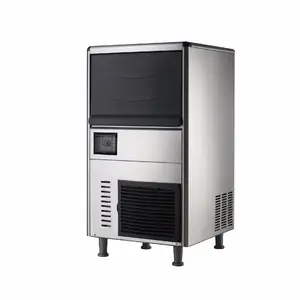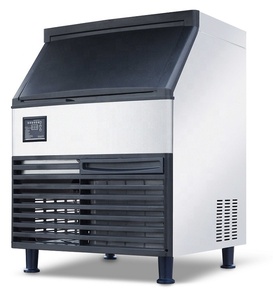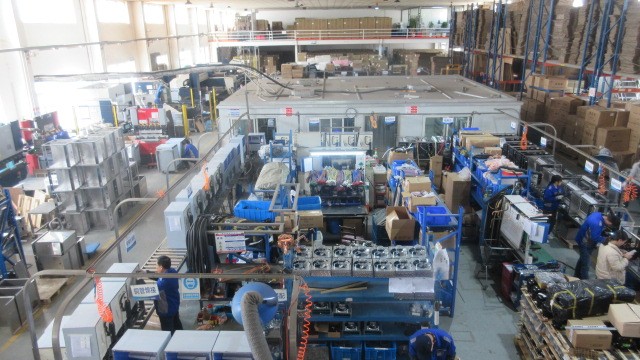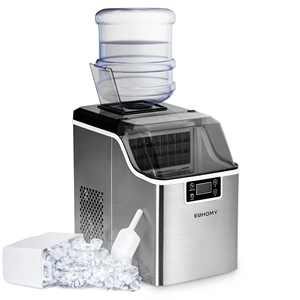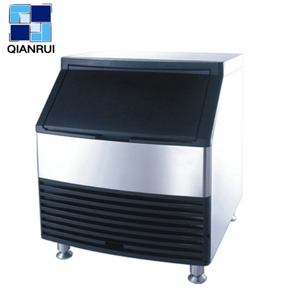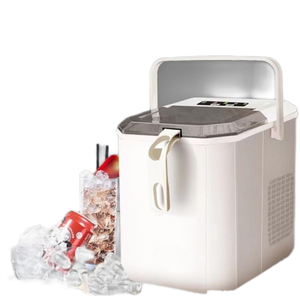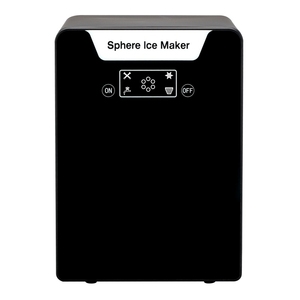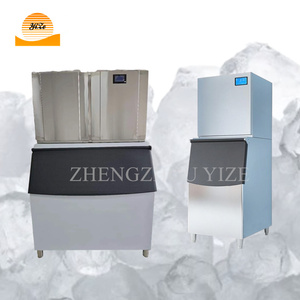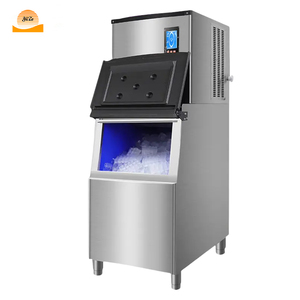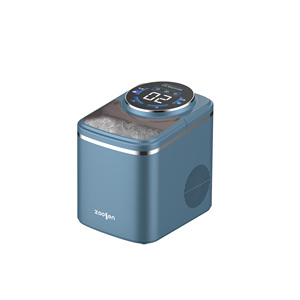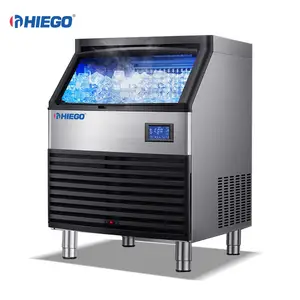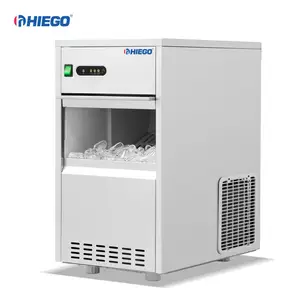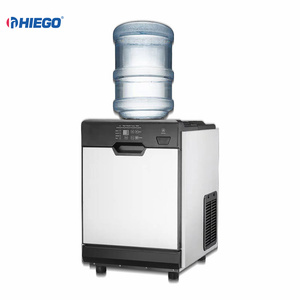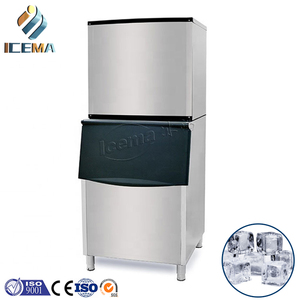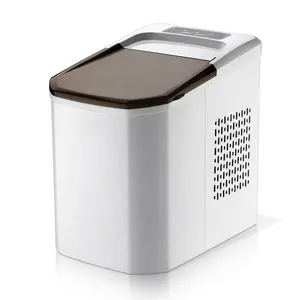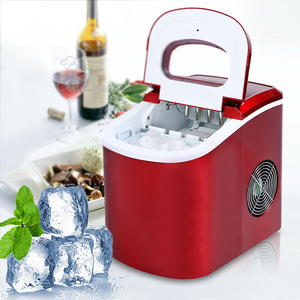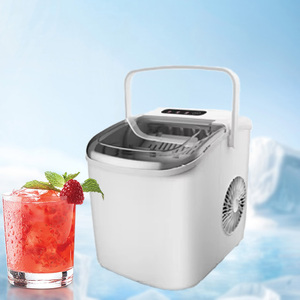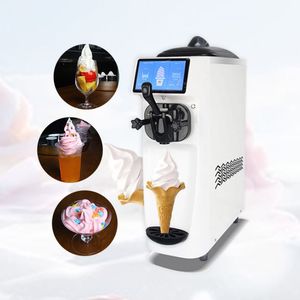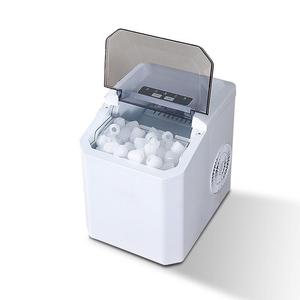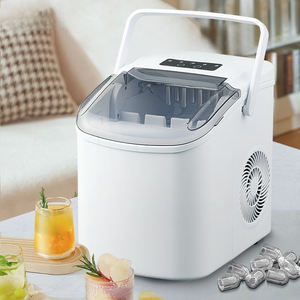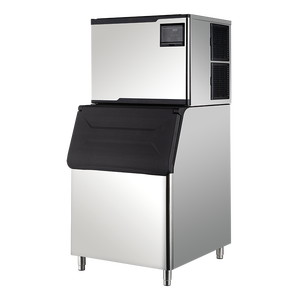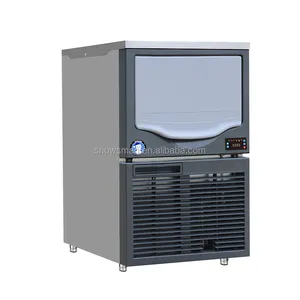Ice Maker Machine Small Ice




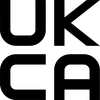


 Top sponsor listing
Top sponsor listing




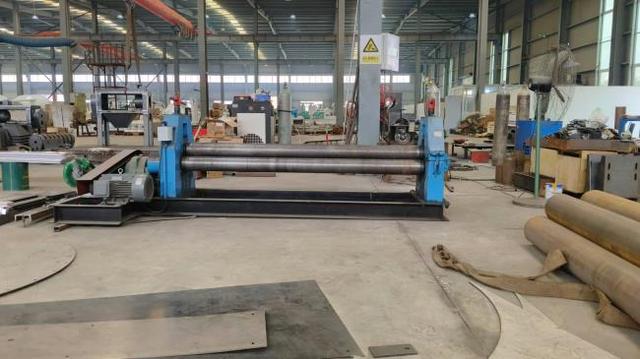











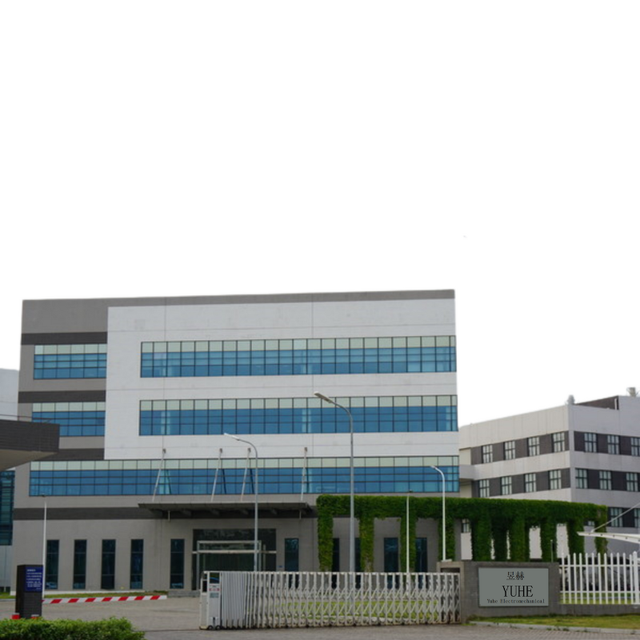








































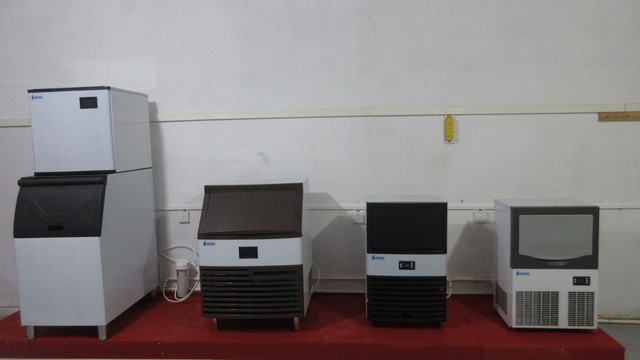







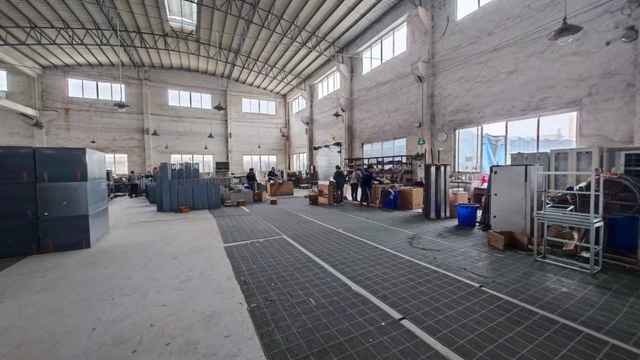







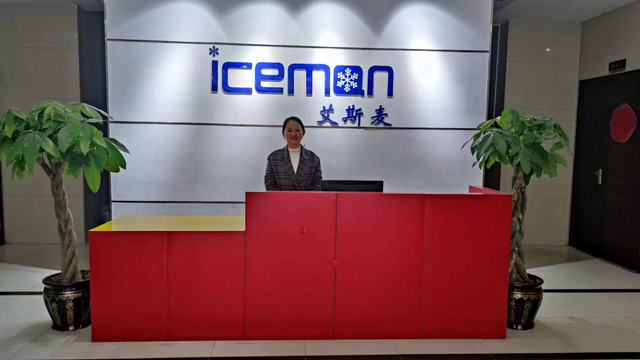






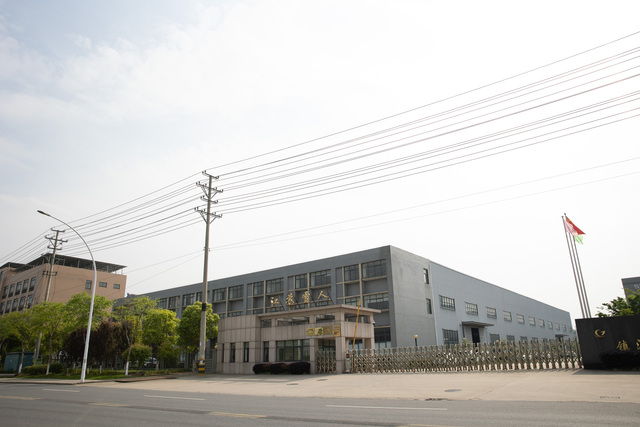
About ice maker machine small ice
Where to Find Small Ice Maker Machine Suppliers?
China remains the global manufacturing hub for small ice maker machines, with key production clusters concentrated in Shanghai, Shandong, and Zhejiang provinces. These regions host vertically integrated supply chains encompassing compressor fabrication, evaporator coil production, and injection molding of plastic components, enabling cost efficiencies of 20–35% compared to non-Asian manufacturers. Shanghai and Ningbo serve as primary export gateways, offering direct port access that reduces logistics lead times by 7–10 days for trans-Pacific and intra-Asian shipments.
The industrial ecosystem supports both high-volume OEM/ODM production and low-MOQ customized models. Factories in these zones typically operate automated assembly lines capable of producing 3,000–10,000 units monthly per line, with common materials including food-grade ABS plastic, copper-aluminum heat exchangers, and stainless steel water trays. Buyers benefit from proximity to component suppliers—compressors from Danfoss or Hanbell, sensors from SMC or Keyence—reducing procurement cycles and enhancing quality traceability.
How to Choose Small Ice Maker Machine Suppliers?
Effective supplier selection requires systematic evaluation across technical, operational, and transactional dimensions:
Production and Engineering Capability
Prioritize suppliers with documented in-house design teams and CNC prototyping facilities. Confirm capacity for both countertop portable units (yielding 9–26 lbs/day) and commercial undercounter models (up to 100+ lbs/day). Verify use of hermetic compressors and environmentally compliant refrigerants (R-134a or R-600a). For customization, assess feasibility of modifications to ice shape (cube, bullet, crescent), tank capacity, voltage (110V/220V), and control panel interfaces.
Quality Assurance Protocols
Require evidence of ISO 9001 certification and product-level compliance with CE, RoHS, and UL standards where applicable. Request test reports for critical parameters: cycle time consistency, energy consumption (typically 0.8–1.2 kWh/100 lbs), and noise levels (<45 dB). On-site or virtual factory audits should confirm leak testing procedures for refrigeration circuits and IPX7-rated waterproofing of electrical components.
Transaction Reliability Indicators
Analyze performance metrics such as on-time delivery rate (target ≥98%), reorder frequency, and response time (≤5 hours is standard; top-tier suppliers respond within 2 hours). Favor suppliers with transparent revenue reporting and participation in verified trade programs. Conduct sample validation before scaling orders—benchmark ice clarity, machine startup reliability, and defrost cycle efficiency.
What Are the Best Small Ice Maker Machine Suppliers?
| Company Name | Main Products | Customization Options | On-Time Delivery | Reorder Rate | Avg. Response | Online Revenue | Verified Type |
|---|---|---|---|---|---|---|---|
| Shanghai Chuangli Refrigeration Equipment Co., Ltd. | Ice Machines, Ice Makers, Refrigeration Equipment | Color, material, size, logo, packaging, label, graphic | 100% | 40% | ≤5h | US $15,000,000+ | Custom Manufacturer |
| Luohe Ejin Machinery Co., Ltd. | Industrial Flake Ice Machines, Commercial Cube Makers | Color, material, size, logo, packaging, label, graphic | 98% | <15% | ≤2h | US $150,000+ | Multispecialty Supplier |
| Ningbo Yingyi International Trade Co., Ltd. | Countertop Portable Ice Makers, Bullet Ice Machines | Color, size, logo, packaging, label, graphic | 100% | 16% | ≤2h | US $210,000+ | Multispecialty Supplier |
| Shandong Qianrui Machinery Technology Co., Ltd. | Small Ice Makers, Cold Room Equipment | Custom-made units available | 100% | <15% | ≤2h | US $9,000+ | Not Specified |
| Yuhe Group Co., Ltd. | Mini Ice Makers, Household Portable Units | Limited data | - | - | ≤3h | - | Not Verified |
Performance Analysis
Shanghai Chuangli stands out with a 40% reorder rate and substantial annual revenue, indicating strong customer retention and scalable operations. Despite longer response times, its consistent on-time delivery and full customization suite make it suitable for large-volume buyers requiring brand-specific adaptations. Luohe Ejin and Ningbo Yingyi offer rapid communication (≤2h) and proven export readiness, ideal for agile sourcing cycles. Shandong Qianrui demonstrates reliability with 100% on-time fulfillment, though lower online visibility suggests niche market focus. Yuhe Group presents entry-level options but lacks verifiable performance data, warranting caution for mission-critical procurement.
FAQs
What is the typical MOQ for small ice maker machines?
MOQ varies by supplier and model. Countertop consumer units often have MOQs of 1–100 pieces, while custom or commercial-grade machines may require minimum orders of 1 set. High-volume OEM contracts typically start at 500 units.
What are common lead times for production and shipping?
Standard order lead time ranges from 25–40 days post-deposit, depending on customization level. Sea freight adds 15–35 days for international delivery. Air shipping reduces transit to 5–10 days but increases costs significantly.
Can suppliers provide product certifications for export markets?
Reputable suppliers can furnish CE, RoHS, and SASO documentation upon request. UL certification may require third-party testing unless specified in the original design. Confirm compliance alignment early in negotiations to avoid customs delays.
Are free samples available for quality assessment?
Sample availability depends on unit value and supplier policy. Many offer paid samples ($50–$300) deductible against future bulk orders. Free samples are occasionally provided for high-potential buyers with confirmed purchase intent.
What customization options are technically feasible?
Suppliers commonly support adjustments to exterior color, ice output capacity, power specifications, branding (logo engraving, packaging), and control interface language. Advanced modifications—such as dual-water inlet systems or IoT-enabled monitoring—require engineering collaboration and NRE fees.










